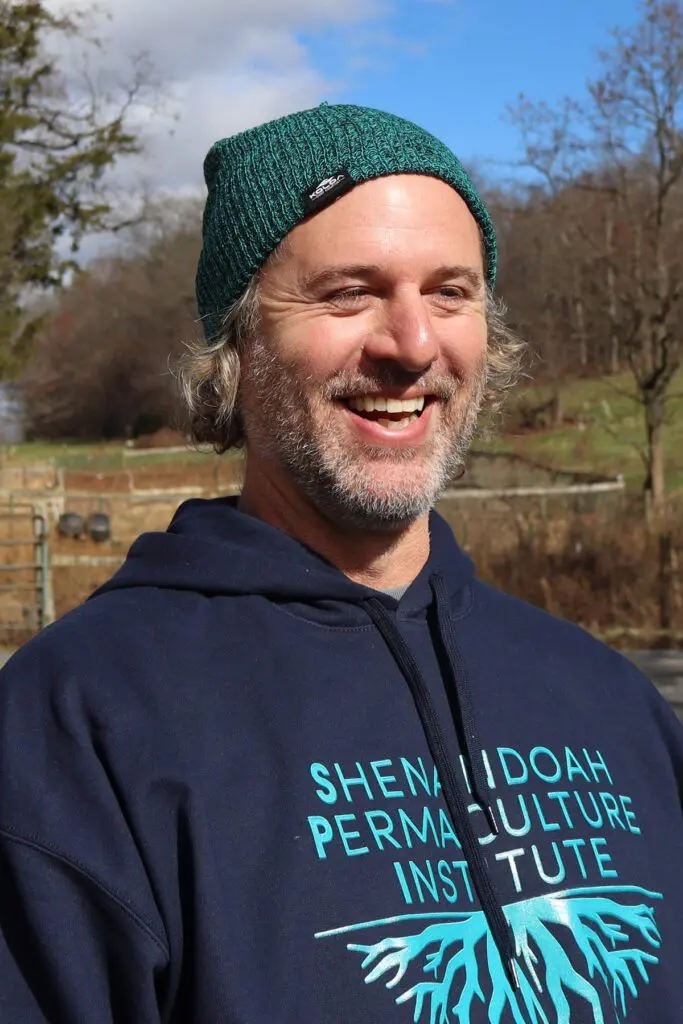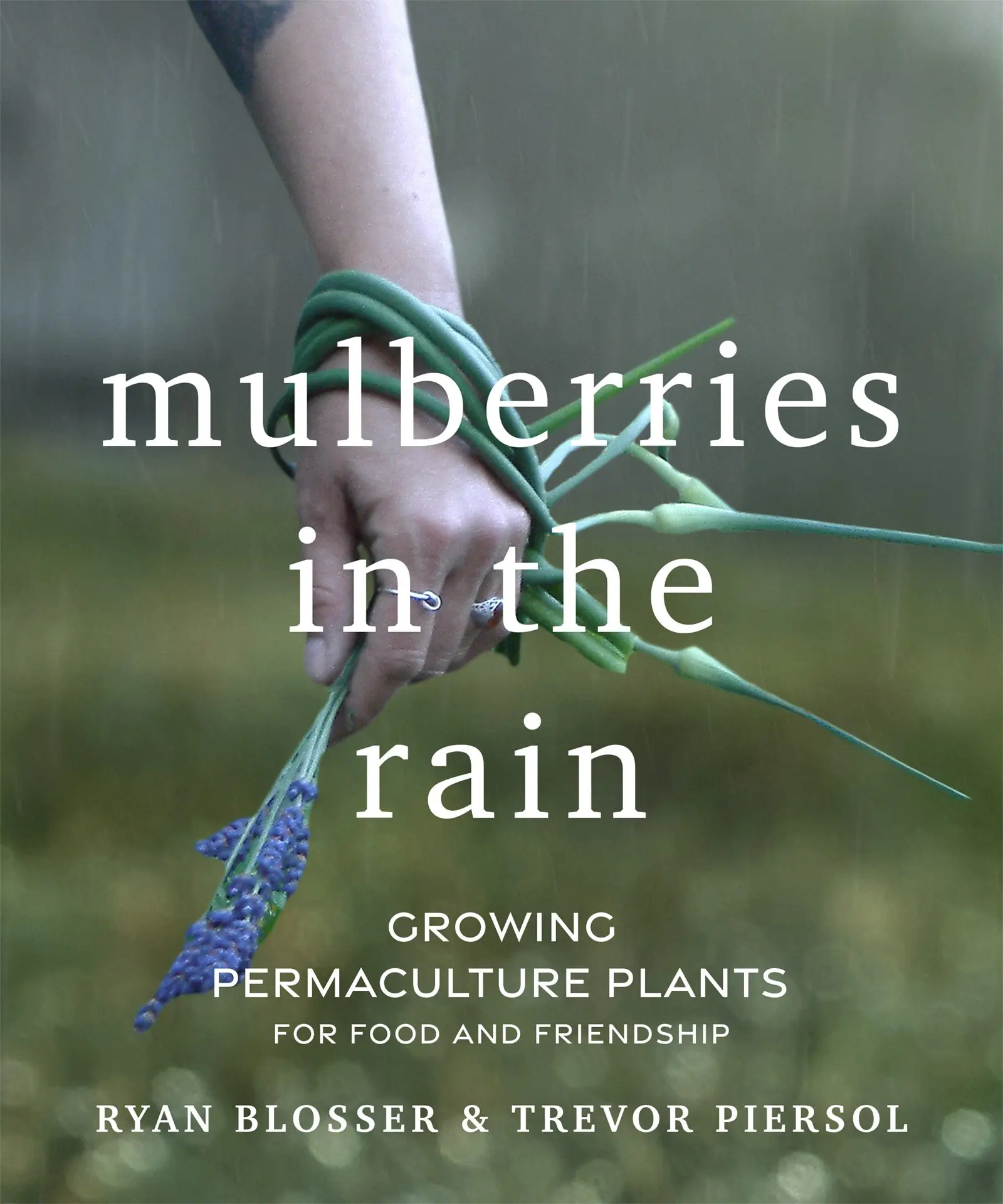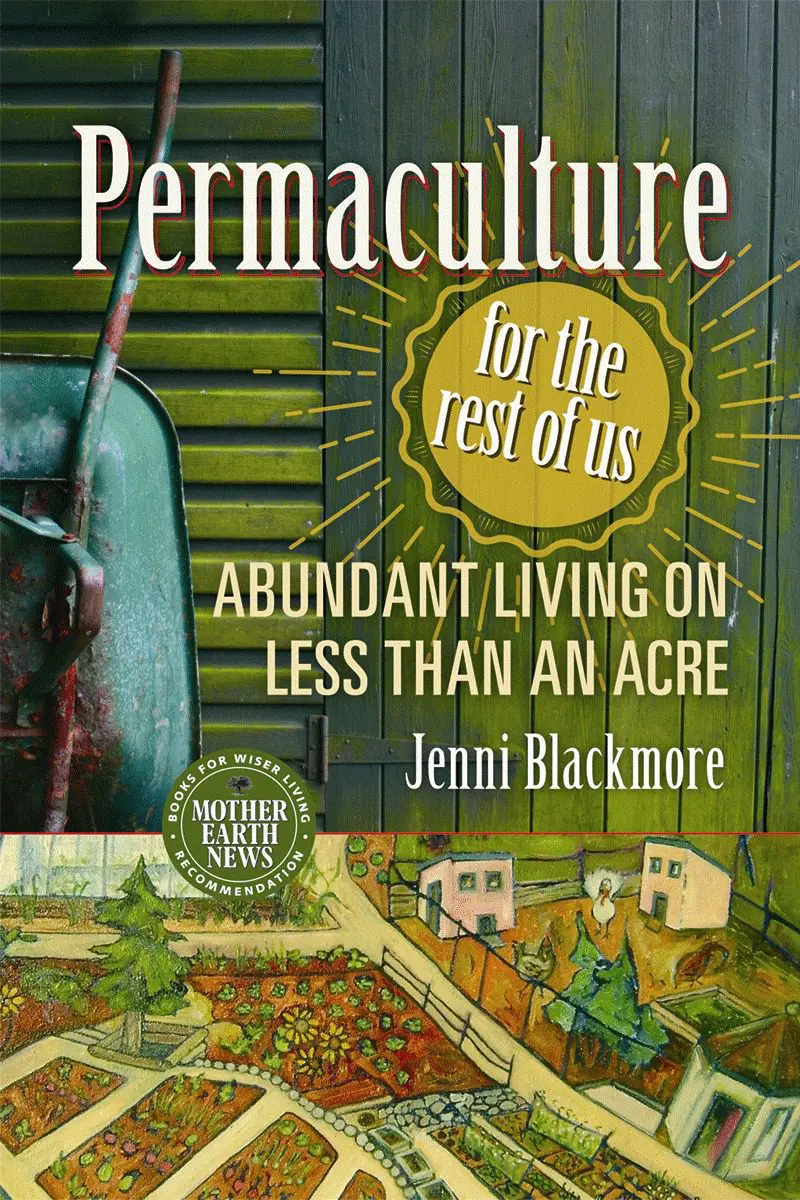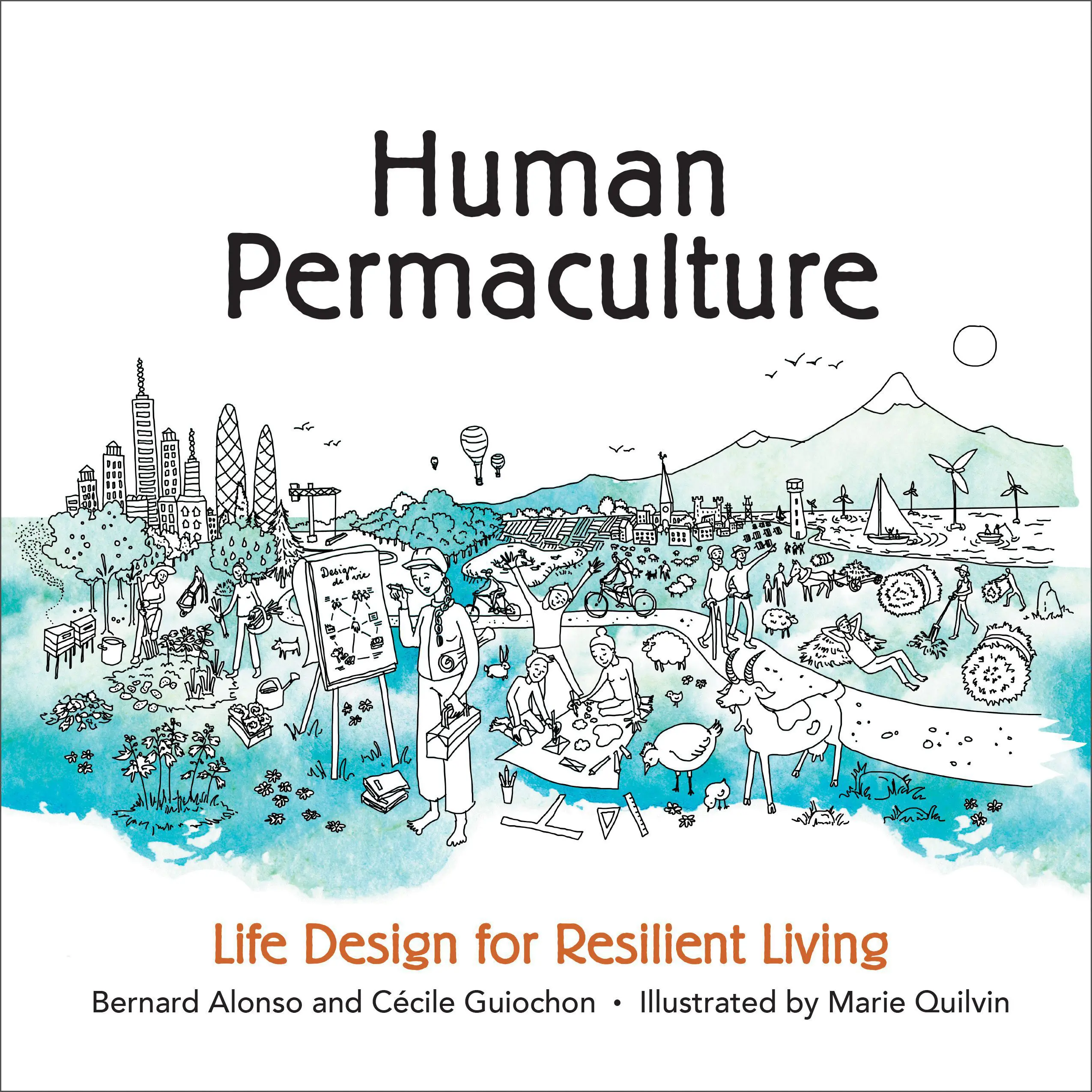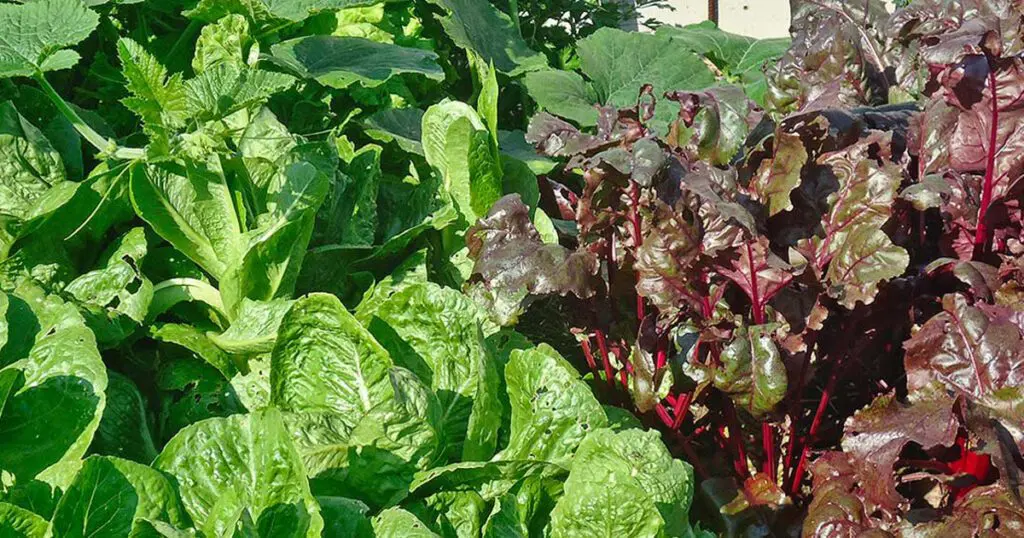
When we talk about sustainable design or regenerative agriculture, we often focus on the outer landscape — the soil, the water, the plants. But what about the inner landscape? The part of the system that plans, reacts, struggles, and celebrates — you.
That’s where the Ecology of Self comes in: a simple, powerful framework for observing how we relate to ourselves, to others, and to something larger than us. It’s about recognizing that just like ecosystems, humans have patterns, triggers, and needs — and these shape our farms, our relationships, and our resilience.
In this blog, excerpted from Mulberries in the Rain, authors Ryan Blosser and Trevor Piersol explore the first of their human sector tools: The LUV Triangle. It’s a strategy designed to help you navigate your human experience with more clarity, compassion, and intention. Because if we want to heal land, we also have to understand the forces within us that shape how we care for it.
Human Sector Tools and Strategies
The LUV triangle is a strategy and skill set Ryan learned from his mentors Renee Staton and Ed McKee in clinical mental health counseling at James Madison University. The strategy is a foundation for counselor training and one that we started to use in our courses to support students in their thinking about how they interact with each other in class, in their team projects, and with potential stakeholders and clients when designing sites.
We teach this in our sessions to provide skill exposure and practice with tools that enhance community and Human Sector design.
LUV is an acronym for Listen Understand Validate. At the end of the day, this technique is best understood as structured curiosity. Be curious—that’s the point. This curiosity is what helps the speaker or sharer to feel attended to and acknowledged.

L—Listen
The first piece of LUV is listen. On the most simple level, it is silence. As the listener seeking to understand someone, you start by listening with your mouth shut. Understanding someone else has nothing to do with your ideas. Be patient while listening, often it takes a while for someone’s ideas to be clarified. Wait for it, ask questions, if you don’t understand, say so in a way that leads them to believe you are curious. Ask open-ended questions like “What was that like?” and make eye contact. If eye contact is difficult for you, focus on the bridge of their nose or the top of one of their ears. Don’t fidget.
When listening, be aware of personal space and body language. Ryan is a large man, he rarely stands close enough to touch someone, and he never squares his shoulders; instead, he stands or sits at an angle that softens the interaction considerably. In addition, if you are someone who crosses your arms or legs for comfort, don’t. Crossed legs can indicate that a listener is not in a place to listen.
For many of us, crossing our arms is a form of self-soothing. If you need to do this, try crossing your toes. The listener won’t notice this.
Avoid being a bobblehead. This is hard. For many of us, once that head starts nodding, it’s like it’s on a string. Instead, try a technique called the Lassie twist, where you tilt your head slightly to the side like the character from the 1950s TV show Lassie.
U—Understand
With LUV we are seeking to understand. Our own point of view is set aside, and we are curious. Try to repeat what you think the person is trying to say. Start with phrases like “I think you’re saying that …” or “Correct me if I’m wrong please, what I hear is…”
And when in doubt, there is a magic phrase that keeps people talking. It is simply, “Tell me more.”
The important piece to remember about this aspect of LUV is that not understanding is not a deal breaker. Be open to feedback when the person sharing says, “No, I’m saying this.” Not understanding is an important signpost on the road to understanding.
To continue to understand, do the following: repeat what the listener says and use phrases that are similar to the listener.
Don’t forget the metaphor.
A metaphor can show that you, the listener, understand the speaker in a powerful way. As a listener, the conversation is not about you, and, more importantly, you aren’t trying to solve a problem or offer solutions. Instead the listener wants to understand and then communicate that understanding. Metaphors are key to this. Phrases like: “It sounds like you’re a butterfly trying to break free from your cocoon,” or “Wow, it’s like your energy is like a river being dammed up,” or another, “Wow, you’ve really been running a marathon with this work lately.”
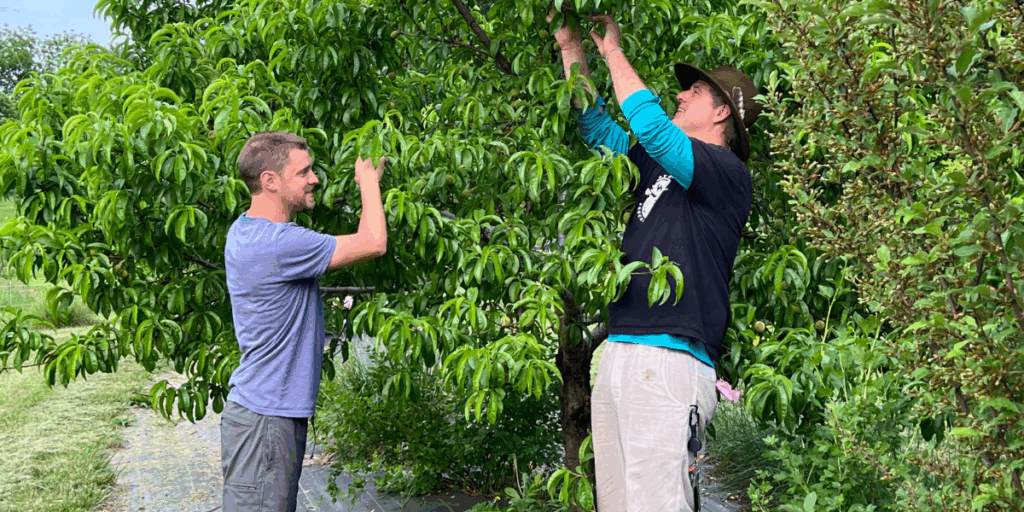
V—Validate
This kind of validation is what we are getting at with this work. It’s important to remember that agreeing with someone’s ideas and validating their experience are two different things. We see a lot of ideological diversity in our courses, and our goal as instructors is to keep the conversation going.
This is important: Don’t communicate skepticism or doubt. Don’t debate.
When we practice this work in our courses, sometimes students get worried about working with someone who doesn’t have their same ideological beliefs. Remember that the fact that someone is struggling or hurting or happy about something is not the content of the idea—it is the psychosocial experience of the speaker. Validate that shit. You can talk about ideas later. This can be done using metaphors or by simply recognizing the speaker’s feelings and repeating what you heard with phrases like the following.
“I can tell that is hard for you.” Or, “It sounds like you’re pissed about that.” Or, “You’re really jumping for joy today!”


